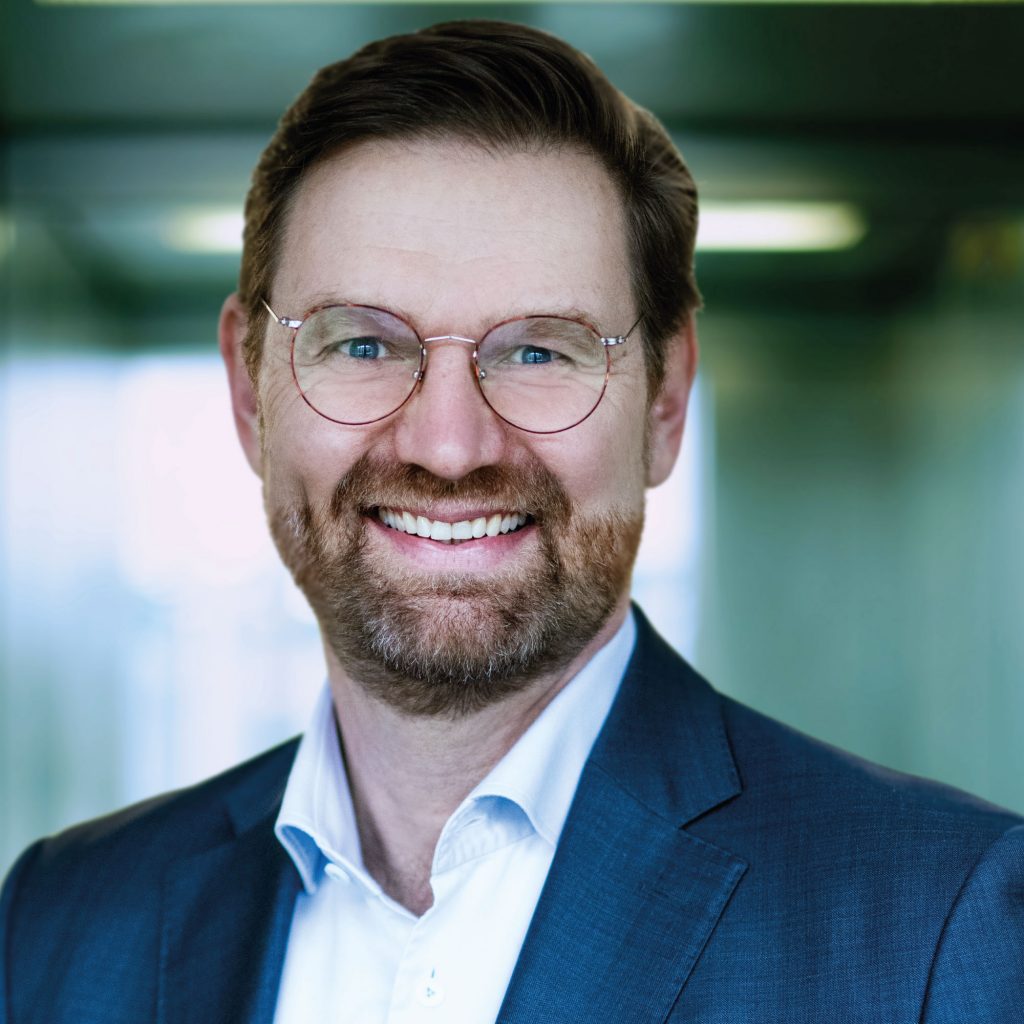
A just-announced partnership between two Finovate alums – Mambu and Signicat – will bring digitized identity management services to banks, fintechs, and financial service providers across Europe. The collaboration between the SaaS banking platform and the digital identity company is designed to help institutions in the region leverage innovations in identity management to boost customer acquisition, enhance the customer experience, and defend against identity fraud.
The single-API integration between Signicat’s identity platform and Mambu will enable users to apply a variety of digital identity verification solutions to a range of processes, including onboarding, identity authentication, and e-signatures. In their joint statement, both companies highlighted abandonment as one challenge the new integration will help companies meet. They noted that 63% of consumers in Europe quit at least one financial app in the last year, citing research conducted by Signicat.
At the same time, the integration also will help companies deal with the new environment for cybercrime, particularly identity fraud, which has flourished in the work-from-home, COVID-19 era. “Identity fraud continues to be a major threat to businesses across the globe and damages trust,” Mambu Managing Director for EMEA Eelco-Jan Boonstra said. “And with everyone working from home – the COVID-19 pandemic has only accelerated this. Therefore financial service providers are relying on customer trust and loyalty more than ever.”
Asger Hattel, who took over as Signicat’s CEO in January of last year, underscored the way the pandemic had accelerated pre-existing trends toward digitization. “Global lockdowns have turned a desire for digital services into an urgent need,” Hattel said. “Our research into consumer attitudes towards onboarding show that financial service providers are struggling to keep up with consumer’s digital demands – and it is costing them customers.”
Mambu’s partnership with Signicat comes in the wake of the Mambu’s $132+ million (€110 million) fundraising last month – which brought the company’s total valuation to more than $2 billion (€1.7 billion). Also last month, Mambu announced the addition of new Chief Financial Officer Langley Eide. Founded in 2011 and headquartered in Berlin, Germany, Mambu is an alum of both our Finovate conferences – debuting in 2013 at FinovateAsia – and our event for developers and engineers – FinDEVr New York, in 2016.
Based in Trondheim, Norway, Signicat specializes in providing identity assurance worldwide, enabling banks to leverage existing customer identity to accelerate onboarding, improve access to services, and connect users, devices, and more across channels and markets. A Finovate alum since 2017, Signicat has raised $8.8 million in funding from investors including Horizon 2020, Viking Venture, and Secure Identity Holding.
Photo by Engin Akyurt from Pexels






















